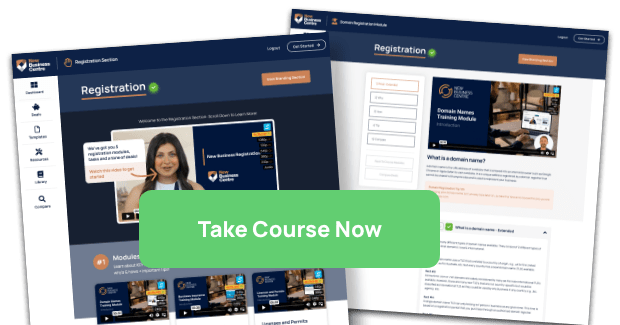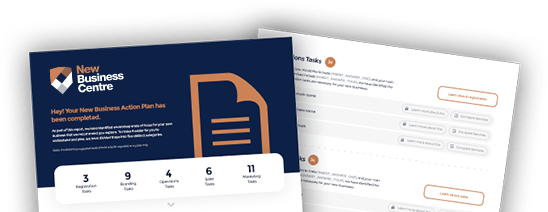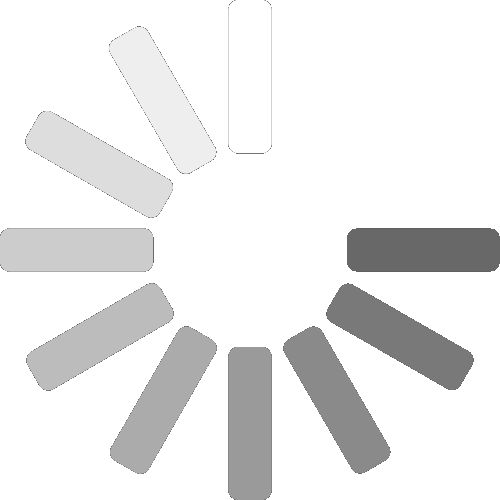Let’s dive into the exciting world of marketing funnels, an essential concept for anyone looking to succeed in the modern business landscape. But what exactly is a marketing funnel?
A marketing funnel is a visual representation of the customer journey – the various stages potential customers go through as they learn about your business to eventually becoming paying customers and, hopefully, loyal brand advocates.
It may also be referred to as the “customer funnel.” By understanding this process and creating targeted marketing campaigns for each stage, you’ll be better equipped to attract, engage, and convert prospects into customers.
The concept of marketing and sales funnel has evolved over time, with the digital age bringing new opportunities for reaching and engaging prospective customers.
While the traditional marketing funnel was primarily focused on print and broadcast media, today’s digital marketing funnel also leverages the power of online channels, such as social media, content marketing, and paid ads.
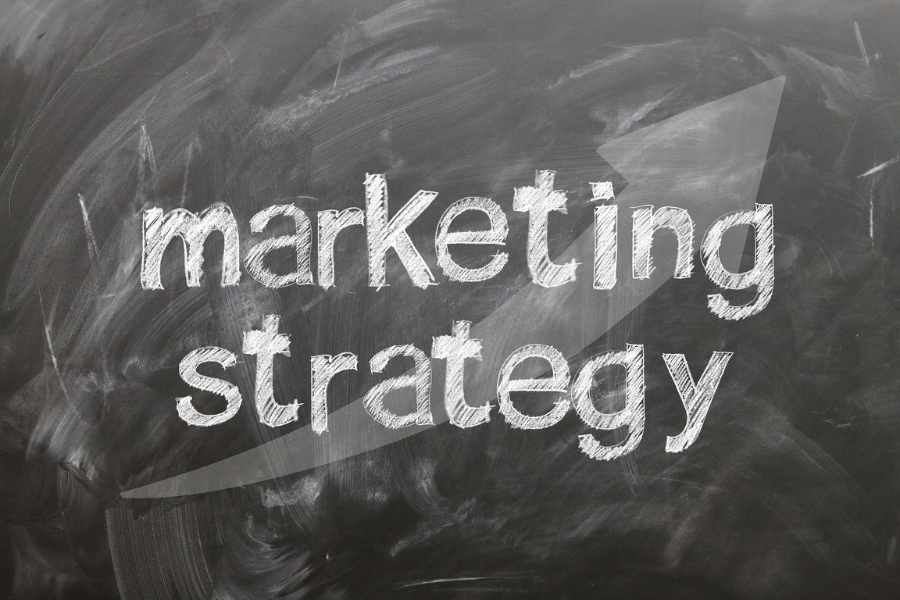
Understanding the Stages of a Marketing Funnel
Now that we’ve covered the basics let’s delve into the different marketing funnel stages and the strategies you can employ at each step.
Top of the funnel: Attracting Prospects with Relevant Keywords
The top of the funnel is also known as the awareness stage. It is when your audience first becomes aware of your brand or product.
In this stage, you must cast a wide net to grab their attention through various marketing channels such as digital marketing, social media campaigns, content marketing, and paid ads. Remember, the goal here is to make your brand visible to as many potential clients as possible.
To attract prospects at this particular stage, using relevant keywords in your social media posts and content promotion efforts is crucial.
Doing so will ensure that your brand appears in search results and attracts potential customers already searching for the products or services you offer. By using relevant keywords strategically, you can improve your marketer’s cost by ensuring that your efforts are more targeted and effective.
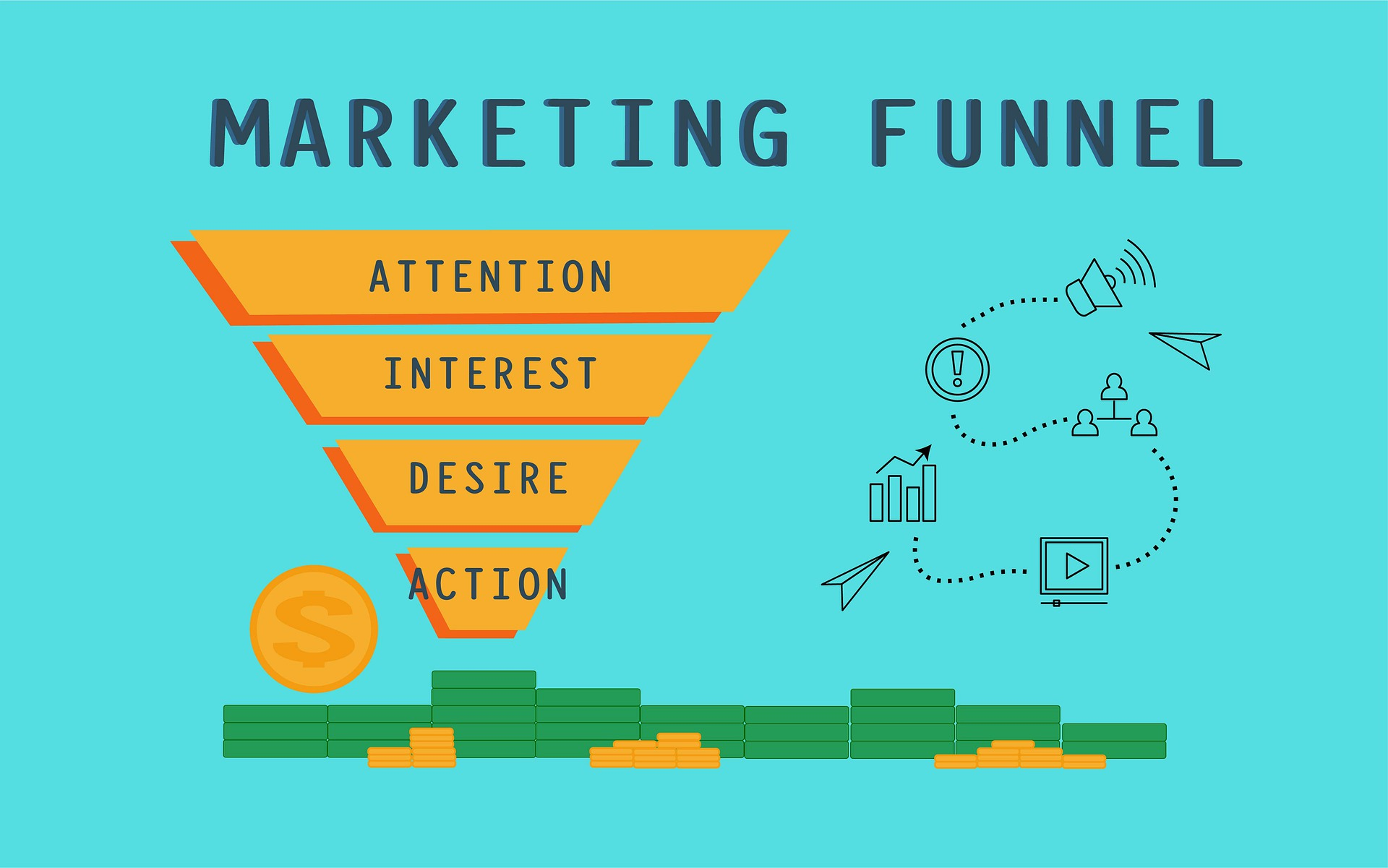
Middle of the funnel: Engaging Prospective Customers with Multiple Strategies
The middle of the funnel is also known as the interest and consideration stages. Once your audience knows your brand, it’s time to pique their interest and provide more in-depth information about your product or service.
In the interest stage, you’ll want to provide engaging blog posts, email marketing campaigns, and conduct keyword research to ensure your content aligns with your audience’s interests. The goal is to engage your prospective customers by demonstrating your expertise and the value your product or service can provide.
At this stage, it’s also important to consider using a marketing funnel that is tailored to specific segments of your audience.
This approach can help you better understand the needs and interests of your prospective customers, which can help you improve your customer satisfaction by delivering more targeted and personalized content.
In the middle of the funnel, one of your key goals is also to nurture leads and move them closer to making a purchase.
This can involve providing them with valuable content, such as whitepapers, case studies, or webinars, that addresses their pain points and positions your product or service as the solution. By building trust and providing value to your leads, you can increase their likelihood of converting.
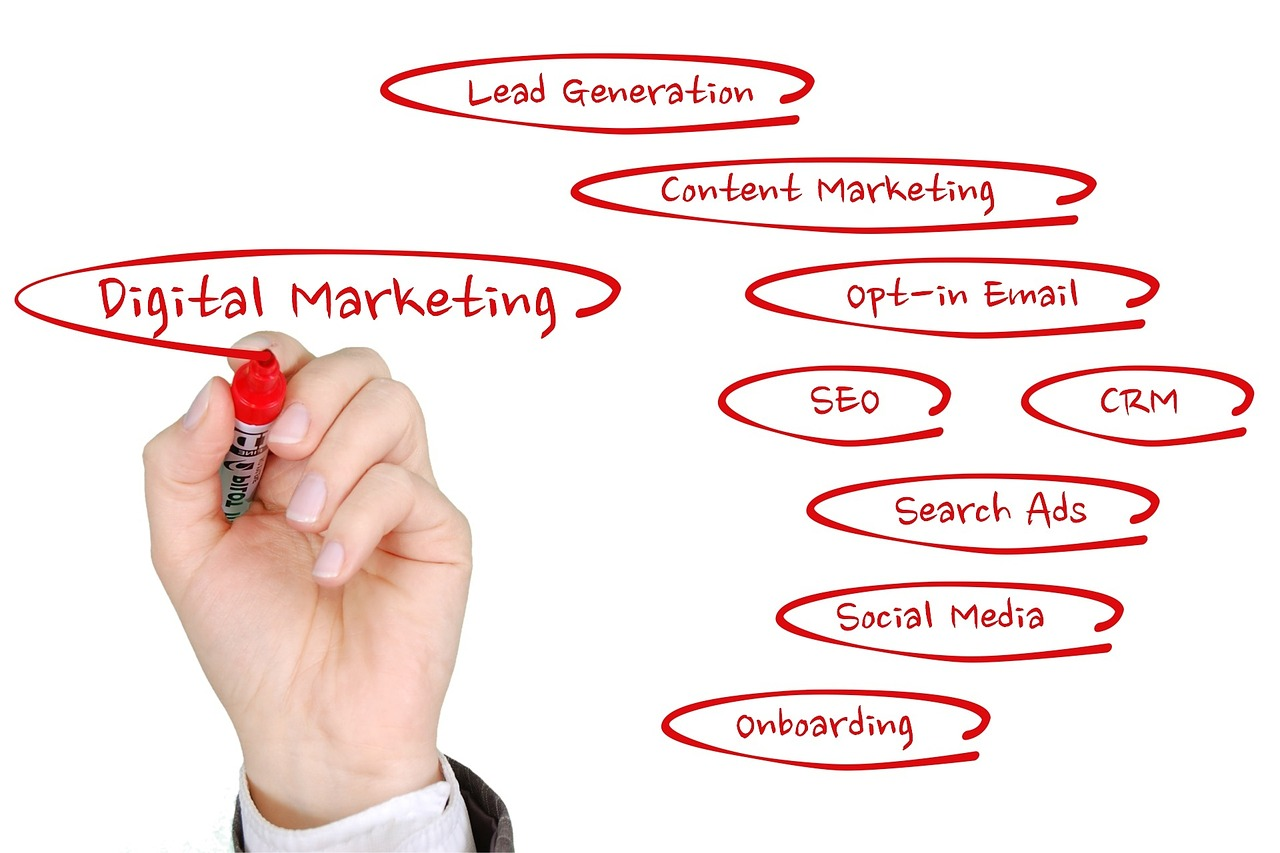
Bottom of the funnel: Closing the Deal with Optimized Landing Pages
The bottom of the funnel is also known as the conversion stage. Congratulations! Your prospects are now ready to become paying customers. In the conversion stage, it’s all about closing the deal.
You’ll want to work closely with your sales team, better develop your sales funnel, optimize your landing pages, and consider using paid advertising to make the purchase process as seamless and enticing as possible.
Optimizing your landing pages is crucial to improve your marketer’s cost and convert as many leads as possible. Doing so will ensure that your prospective customers have a positive experience and are more likely to complete the buying process. Optimizing your landing pages can improve your conversion rates and generate as many leads as possible.
Retargeting is a powerful tactic that can be used at this funnel stage. By showing ads to people who have already interacted with your brand or website, you can keep your business in mind and encourage them to return and complete a purchase.
For example, you might retarget people who have visited your product page but didn’t complete the checkout process, showing them ads that offer a discount or highlight the benefits of your product.
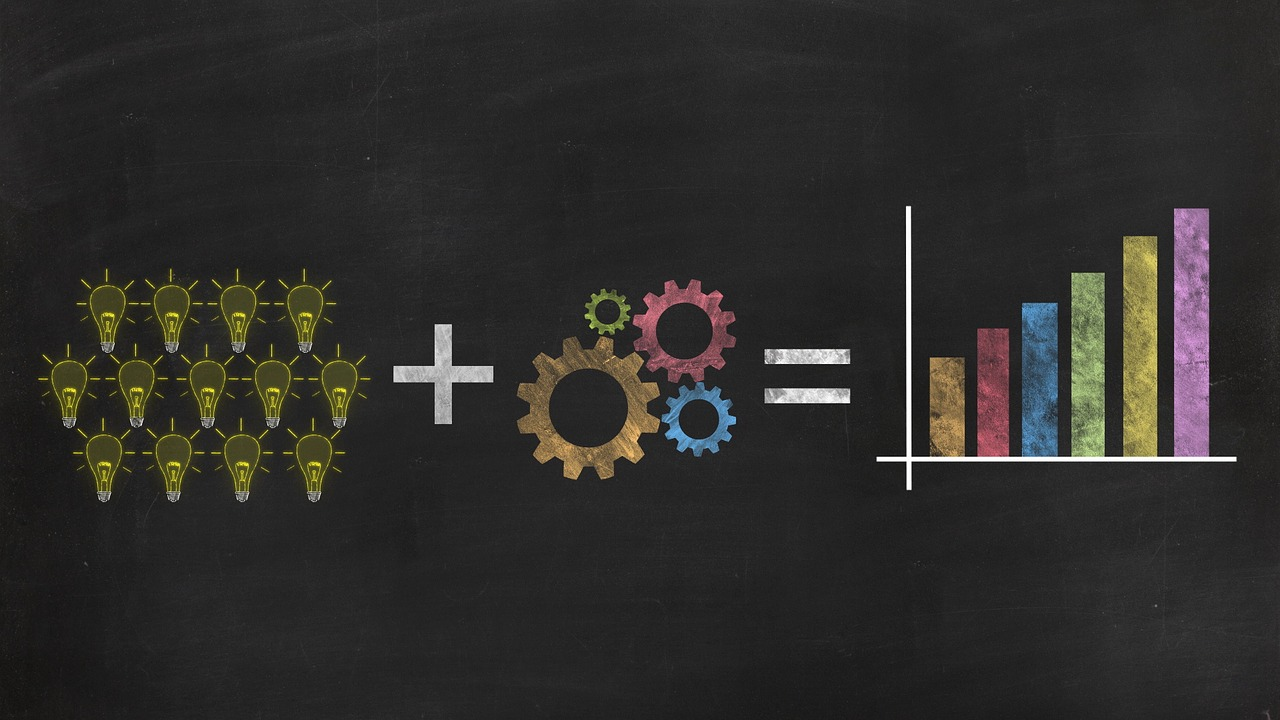
Post-conversion stage:
The post-conversion stage is also known as the loyalty stage. The journey doesn’t end once someone becomes a customer. In the loyalty stage, you’ll focus on keeping existing customers satisfied and returning for more.
Strategies here include building customer loyalty through exceptional customer service, implementing loyalty programs, and encouraging repeat purchases.
The first step in the post-conversion stage is to deliver on the promise made during the conversion stage. If a customer has made a purchase, the product or service must be delivered promptly and meet the customer’s expectations.

Also, If the customer has signed up for a newsletter, the first email should be sent out promptly and contain valuable content. This step is crucial because it sets the stage for the customer’s overall experience with the brand.
The second step is to follow up with the customer to ensure their satisfaction. This can be done through various means, such as an email survey or a phone call.
This follow-up aims to get feedback on the customer’s experience and address any issues or concerns they may have. By doing so, the brand can show that they value their customers and are committed to providing excellent service.
The third step is to nurture the customer relationship. This involves staying in touch with the customer and providing relevant and valuable content. This can be done through email marketing, social media, or other channels. The goal is to keep the brand top of mind and to establish a long-term relationship with the customer.

The fourth step is to encourage repeat purchases. This can be done by offering loyalty programs or discounts to repeat customers. The goal is to incentivize customers to continue doing business with the brand and to reward their loyalty.
The fifth step is to ask for referrals. Satisfied customers are the best advocates for a brand, and asking for referrals is a great way to acquire new customers. This can be done through a referral program or simply by asking satisfied customers to spread the word.
The final step is to analyze the results and make adjustments as needed. This involves tracking metrics such as customer satisfaction, repeat purchase, and referral rates.
The brand can identify improvement areas and adjust its marketing funnel strategy by analyzing these metrics.
The post-conversion stage is a critical component of an effective marketing funnel strategy. By delivering on the promise made during the conversion stage, following up with customers, nurturing the customer relationship, encouraging repeat purchases, asking for referrals, and analyzing the results, brands can establish long-term relationships with their customers and drive business growth.
Key Elements of an Effective Marketing Funnel
Now that we’ve explored the different stages of a marketing funnel let’s discuss the key elements that will help you build an effective funnel for your business.
Target audiences and buyer personas:
Understanding your targeted audience is critical to creating a successful funnel. Conduct thorough research to identify your potential customers’ demographics, interests, and pain points. This will help you create buyer personas – fictional representations of your ideal customers – to guide your marketing efforts and messaging throughout the funnel.
Customer journey mapping:
To optimize your funnel, you need to map the customer journey from start to finish. This process involves identifying your customers’ touchpoints and interactions with your brand at each funnel stage. By understanding the customer journey, you can create targeted campaigns that address the specific needs and desires of your target audience
Marketing channels and tactics:
Selecting the right marketing channels is essential for delivering your marketing messages effectively. Consider a mix of digital and traditional channels, such as social media, email marketing, content promotion, paid advertising, and local business partnerships.
Tailor your marketing tactics to each stage of the funnel, ensuring that you’re engaging prospects, nurturing leads, and driving conversions. Personalization is increasingly important in marketing and can be especially effective in the middle and bottom stages of the funnel.
By tailoring your messaging and content to your audience’s specific needs and interests, you can create a more engaging and persuasive experience that increases the likelihood of conversion.
Personalization can take many forms, from using someone’s name in an email to recommending products based on their past purchase history.
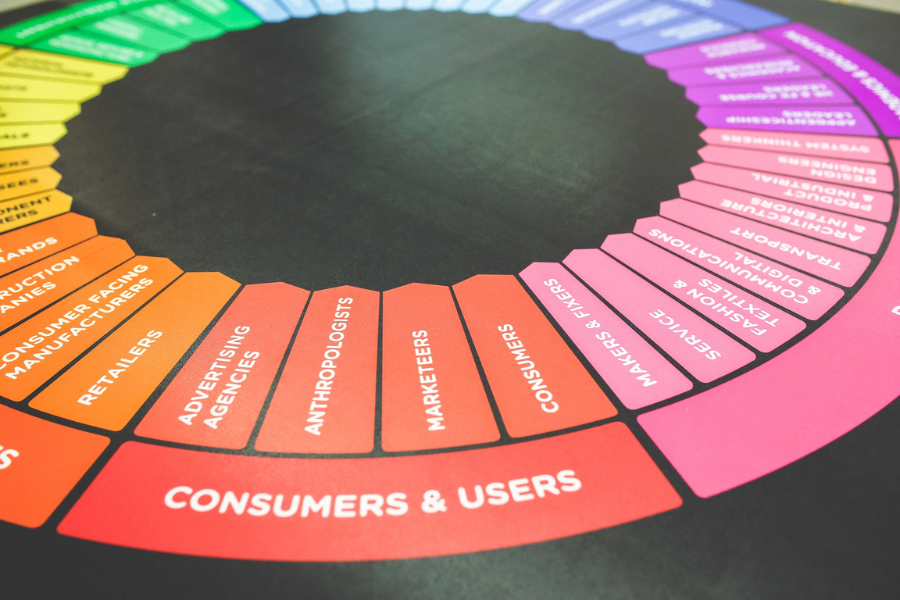
Marketing funnel metrics and optimization:
Once you’ve created your marketing funnel, it’s important to continually test and optimize it to ensure it’s working at its best.
A/B testing can help you identify which elements of your funnel are most effective, allowing you to make data-driven decisions about improving it. Regularly monitoring and tweaking your funnel can maximize your ROI and ensure you get the most out of your marketing efforts.
To ensure your funnel works efficiently, you’ll need to measure its performance using key metrics. Google Analytics and other tools can help you track website traffic, conversion rates, and customer lifetime value metrics.
Analyzing these metrics will help you identify areas for improvement and optimize your marketing efforts for better results.
Benefits of Using a Marketing Funnel
Now that we’ve covered the basics of a marketing funnel let’s discuss why they are so valuable for businesses of all sizes.
Improved targeting:
An efficient funnel allows businesses to target their messaging and campaigns to specific groups of customers at different stages of customer journeys. By understanding your target audience and mapping their journey, you can deliver more relevant and personalized messages that resonate with them, increasing the likelihood of conversions.
Increased conversions:
By tailoring your messaging and campaigns to each stage of the funnel, you can improve your chances of converting prospects into paying customers. Also, by creating targeted campaigns for each funnel stage, you can optimize the conversion process and minimize the risk of losing potential customers due to a lack of engagement.
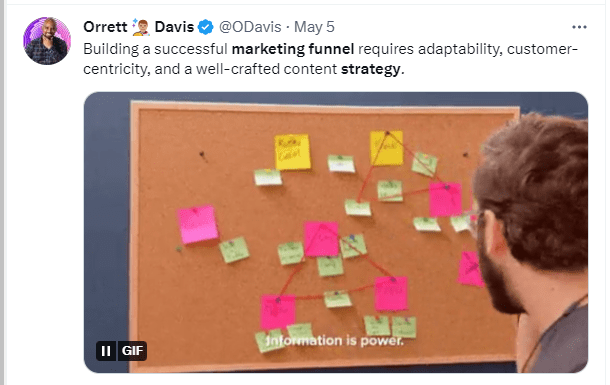
Better ROI:
Marketing funnels allow businesses to track and measure their marketing efforts, providing insights into which campaigns and tactics are most effective at driving conversions. Businesses can optimize their marketing budgets and improve their overall return on investment by focusing on the channels and tactics that generate the best ROI.
Improved customer satisfaction:
Businesses can improve customer satisfaction and loyalty by delivering targeted and personalized messaging at each funnel stage.
By showing that they understand customers’ needs and providing relevant information and solutions, businesses can build stronger relationships with their customers and encourage repeat business.
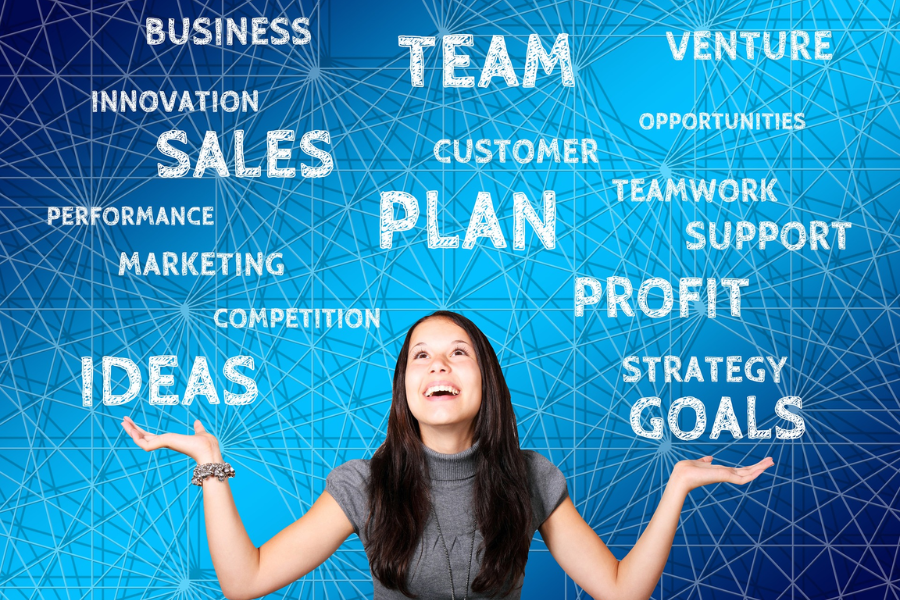
Limitations in the Use of a Marketing Funnel Strategy
Marketing funnel is widely used to guide potential customers through the different stages of the buying process. This approach aims to create a seamless experience that converts prospects into paying customers. While it is an extremely useful strategy, it is not without limitations.
One of the main limitations of marketing funnel strategies is that they are often overly simplistic. The traditional funnel model assumes every customer will follow a linear path from awareness to consideration to decision-making.
The customer’s journey is much more complex and can involve multiple touchpoints across various channels. Customers may also move back and forth between stages, skip stages altogether, or enter the funnel at different stages. The funnel model may not always accurately reflect the customer journeys.
Another limitation of this marketing strategy is that they do not consider the emotional and psychological factors that can influence purchasing decisions. Customers are not rational beings and often make purchasing decisions based on emotions, social influence, and other subjective factors.

The funnel model is focused on the rational decision-making process and does not consider the emotional aspects of the customer journey. This can result in a disconnect between the marketing messaging and the actual needs and desires of the customer.
Finally, marketing funnel strategies can be limited by the quality of businesses’ data and insights about their customers. The success of the funnel model relies on accurate and up-to-date data about customer behavior, preferences, and needs.
However, many businesses struggle to gather and analyze this data effectively, which can limit the effectiveness of the funnel model.
Businesses need to be aware of these limitations and be prepared to adapt and evolve their marketing approach in response to their customer’s changing needs and preferences. Doing so can build long-term relationships with their customers and remain competitive in today’s challenging marketplace.
However, while there is no perfect system, the benefits of the marketing funnel strategy is evident and dwarves that of all other strategies in the market today.
Conclusion
In conclusion, marketing funnels are crucial for businesses looking to succeed in the modern digital age. By understanding the customer journey and tailoring their messaging and campaigns to each funnel stage, businesses can attract, engage, and convert prospects into paying customers, ultimately improving their overall return on investment and customer satisfaction.
So, if you haven’t already, now is the time to start building your own marketing funnel to take your business to the next level.

